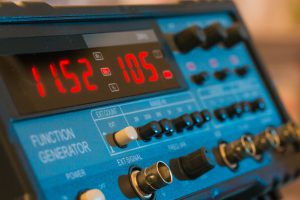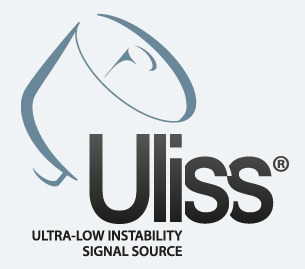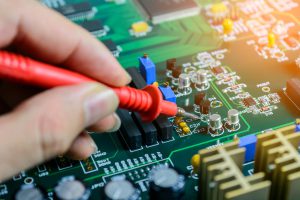Technical specifications:
- Standard frequency outputs 10 GHz et 100 MHz
- Options : 10 MHz ou 5 MHz
- System equipped with water and a compressor cooled by water or air
- 115 or 220 Vac, 50 Hz or 60 Hz single phase
- Power requirements: 4kW 220V @50Hz single phase
- Operation without any user intervention or maintenance anymore regularly than once per year
Performance:
Oscillator frequency:
| Deviation Allan |
1 s <τ < 10,000 s |
≤ 3 x 10-15 |
| Phase Noise |
1 Hz offset
10 HZ
100 HZ
1,000 Hz
10,000 Hz |
– 100 dBc/Hz
– 110 dBc/Hz
– 115 dBc/Hz
– 127 dBc/Hz
– 130 dBc/Hz |
10 GHz :
| Deviation Allan |
1 s <τ < 10,000 s |
≤ 3 x 10-15 |
| Phase Noise |
1 Hz offset
10 HZ
100 HZ
1,000 Hz
10,000 Hz |
– 100 dBc/Hz
– 110 dBc/Hz
– 115 dBc/Hz
– 127 dBc/Hz
– 130 dBc/Hz |
100 MHz :
| Deviation Allan |
τ = 1 s
10 s <τ < 1,000 s |
4 x 10-15
≤ 3 x 10-15 |
| Phase Noise |
1 Hz offset
10 HZ
100 HZ
≤ 1,000 Hz |
– 130 dBc/Hz
– 140 dBc/Hz
– 149 dBc/Hz
– 153 dBc/Hz |
10 MHz (optional) :
| Deviation Allan |
1 s <τ < 10,000 s
10 s <τ < 10,000 s |
8 x 10-15
≤ 3 x 10-15 |
A 5 MHz (option) :
| Deviation Allan |
τ = 1 s
τ = 10 s
100 s <τ < 10,000 s
|
1.2 x 10-14
4 x 10-15
≤ 3 x 10-15 |
Scientific expertise:
Our work on the field of cryogenic oscillators was initiated 20 years ago, in the former Laboratoire de Physique et de Métrologie des Oscillateurs (LPMO) which becomes the Time and Frequency Department of the FEMTO-ST Institute at its creation in 2004.
Thecryogenic sapphire oscillator development in our laboratory has been successively supported by the space French agency (CNES), the DGA, the LNME and the Région of Franche-Comté.This activity gave rise to number of original results described in the bibliography.
The ELISA project funded by ESA represents the outcome of all these efforts: the objective set by ESA was plenty fulfilled and we demonstrated for the first time the possibility to use a cryocooler while maintaining a state-of-the-art frequency stability.
ULISS is the new generation of CSO, specially designed to be transportable and incorporating newly developed electronic controls.



